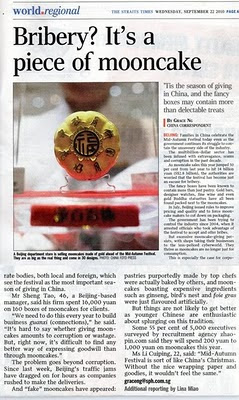On Saturday 4th August 2012 Dr Yaacob Ibrahim, Minister for Information, Communications and the Arts launched the Jalan Besar Heritage Trail at City Square Mall. I met fellow blogger Lam Chun See as he was coming out of the stage enclosure. He was there as an invited guest. Anyway both of us had fond memories of the area. The quotation below is from him.

Chun See wanted to turn back the clock and was trying to locate the former New World Amusement Park side gate so as to have another free entry. I remember the side gate entrance and tried to get my bearing. There was an open canal running along the side of the amusement park. A wooden bridge across the canal led to the side gate. The other end of the bridge led to the carpark. We looked around and found the open canal had been covered up with concrete. Part of it is now a walkway starting from Jalan Besar. The other half is a driveway and is named Kitchener Link. I could roughly guess the position of the side gate entrance and pointed it out to Chun See.
View from Jalan Besar
open canal concreted over to form a walkway
The side gate entrance was at the end of Kitchener Link
I walked along French Road and then to Jalan Besar to see the buildings that have replaced the three abattoirs before proceeding to City Square Mall for the opening ceremony of the Jalan Besar Heritage Trail. Then my memories flashed back to the abattoir days and the job I was doing.
Picture Story of Pig Abattoir
Photo from PICAS
Pigs brought by butchers were kept in the abattoir pig pens
Photo from PICAS
Meat Inspector examing pig carcasses
Photo from PICAS
carcasses found fit for human consumption were branded
Picture Story of Cattle Abattoir
Photo from PICAS
cattle brought to the abattoir for slaughter
Photo from PICAS
skinning the cattle carcass before inspection
Photo from PICAS
I was inspecting the cattle carcass with the help of a labourer
Photo from PICAS
I was removing the localised infected part of the meat
Photo from PICAS
cutting open the cattle liver for inspection
The three photos from the National Archives of Singapore surprised me. I did not expect to see pictures of myself doing meat inspection. I was not aware when the photos were taken in 1964.


















































